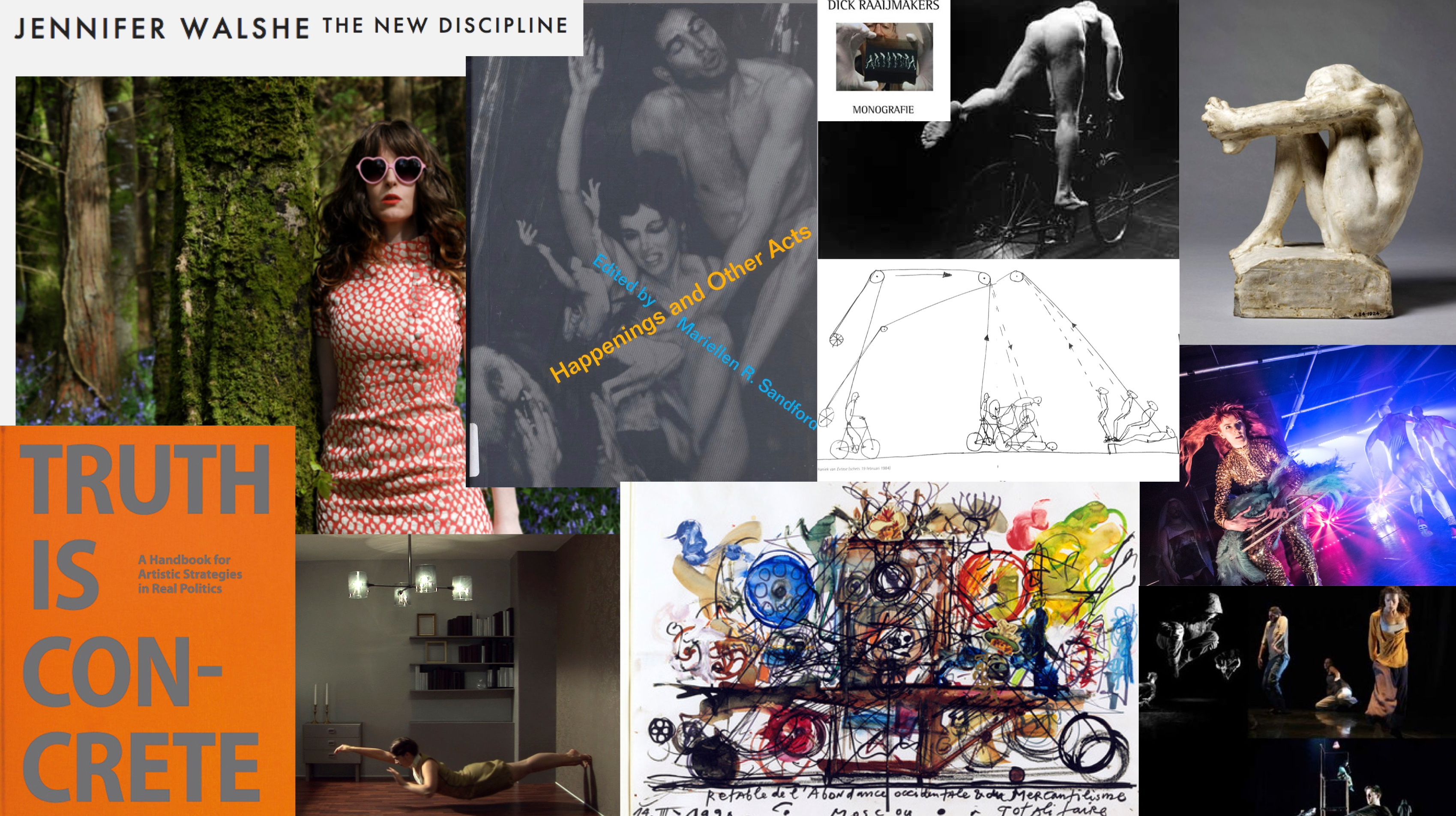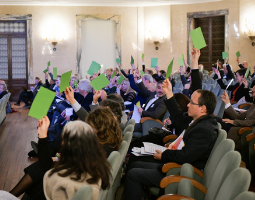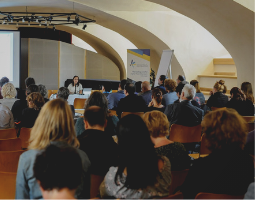The two-year strategic partnership NAIP: Training Artists Without Borders has published its project results. This project, funded by the Erasmus+ programme, aimed at the modernisation of curricula and learning environment, through an interdisciplinary dialogue between higher education institutions in music and performing arts. The main goal of the project was to apply creative collaborative learning approaches to a cross-art setting.
The project focused on developing: cross-arts collaboration, mentoring as a tool for innovation, professional integration and talent development, and online learning approaches.
The project focused on developing: cross-arts collaboration, mentoring as a tool for innovation, professional integration and talent development, and online learning approaches.
Cross-arts Collaboration
The first working group explored how to use creative collaborative learning approaches in a cross-arts setting. The published material includes an insight to the learning approaches, a description of the development phase and experiments made, a framework for implementing a cross-arts module, a practical toolbox with exercises for students and teachers, as well as examples of cross-arts practices.
Mentoring
The objective of the second working group was exploring mentoring as a tool for innovation, professional integration and talent development. The group presents an output containing co-mentoring processes and narratives, points to the dilemmas and complexities that arise from implementing mentoring in a fast-changing professional environment, discusses the ethics of the mentoring practice, as well as recommends available literature, theories and activities that have inspired and informed the groups meetings and explorations.
Online Learning Cross-Arts
The aim of the third working group was to explore possibilities of collaboration, creation and learning through the internet. The material presents the ideas behind, preparations and course description of the Blended Mobility Programme piloted twice during the project. This material can be used by all HEIs that are interested in exploring online approaches to creative collaborative practice. This material reflects the learning process of the participants individuals as well as collective learning by the partner institutions.






